DeFi: The Future of Finance
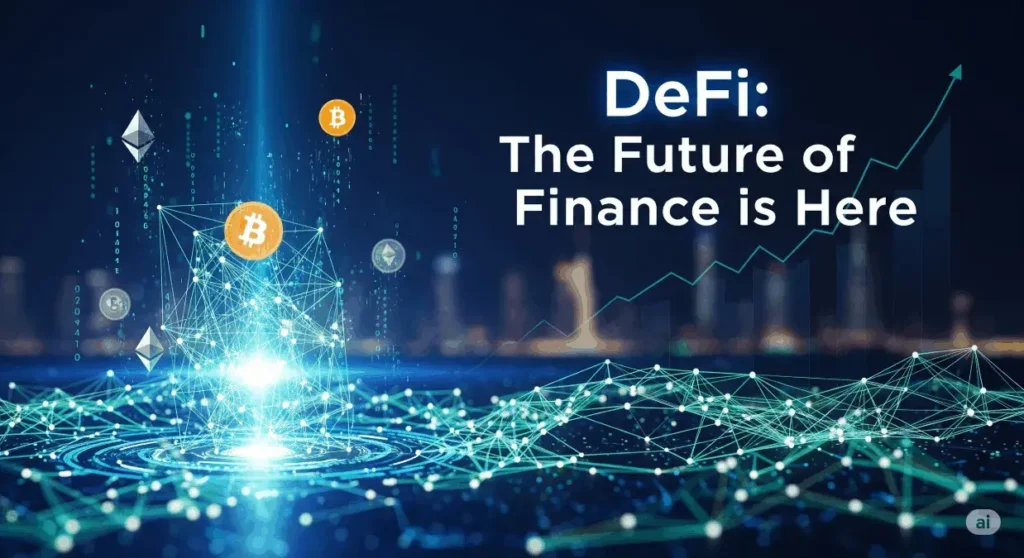
In a world increasingly dominated by digital innovation, a silent revolution is underway, poised to transform the very foundations of our financial system. This revolution is known as Decentralized Finance, or DeFi. At its core, DeFi the future of finance represents a paradigm shift, moving power and control from traditional, centralized institutions to a global network of users. It promises a world where financial services are accessible to anyone, anywhere, without the need for intermediaries like banks or brokers. This is not merely a theoretical concept; it is a burgeoning ecosystem of applications and protocols built on blockchain technology that is already challenging the status quo and redefining how we save, lend, trade, and invest.
The Problem with Traditional Finance
For centuries, the traditional financial system has been built on a foundation of centralized trust. Banks, governments, and other institutions act as gatekeepers, controlling access to capital, setting interest rates, and verifying transactions. While this system has provided stability, it is far from perfect. It is often slow, expensive, and exclusive. Billions of people around the globe remain “unbanked,” locked out of essential financial services due to geographical location, lack of a credit history, or the prohibitive costs associated with traditional banking. Furthermore, the reliance on a single point of failure—a central authority—creates systemic risk and can lead to corruption and inefficiency. The 2008 financial crisis serves as a stark reminder of the vulnerabilities inherent in this model. Traditional finance is also ripe with red tape and bureaucratic hurdles, making it difficult for individuals and small businesses to access credit or engage in complex financial activities without significant friction.
What Exactly is Decentralized Finance?
DeFi is the antidote to these problems. Built primarily on public blockchains like Ethereum, it is a new financial system that is open, permissionless, and transparent. It leverages smart contracts—self-executing code that automatically enforces the terms of an agreement—to automate financial services. Instead of relying on a human intermediary, these contracts execute transactions and manage assets trustlessly. This means users do not have to trust a central organization; they only need to trust the code itself, which is publicly auditable and transparent. This shift fundamentally alters the nature of financial relationships, replacing institutional trust with cryptographic verification.
The core tenets of DeFi are accessibility and censorship resistance. Anyone with an internet connection can participate in the DeFi ecosystem. There are no account opening forms, no credit checks, and no geographical restrictions. This opens up a world of financial opportunities to a truly global audience. Moreover, because the system is decentralized, it is resistant to censorship. No single entity can shut down a DeFi protocol, freeze a user’s funds, or arbitrarily change the rules. This resilience is a key feature that distinguishes it from traditional financial systems, which can be easily influenced by political or corporate pressures.
Core Components of the DeFi Ecosystem
The DeFi ecosystem is a vibrant landscape of diverse applications, each serving a specific financial function. The key pillars of this ecosystem include:
Decentralized Exchanges (DEXs): Unlike centralized exchanges (CEXs) like Binance or Coinbase, DEXs allow users to trade digital assets directly with one another without an intermediary. This is often achieved through Automated Market Makers (AMMs), which use liquidity pools and smart contracts to facilitate trades. This removes the need for order books and provides a more direct, trustless way to swap tokens.
Lending and Borrowing Protocols: Platforms like Aave and Compound enable users to lend out their crypto assets to earn interest or borrow assets by providing collateral. These protocols are non-custodial, meaning users retain control of their funds. Interest rates are often determined algorithmically based on supply and demand, creating a more transparent and dynamic market.
Stablecoins: Stablecoins are a crucial part of the DeFi ecosystem. They are cryptocurrencies pegged to a stable asset, like the US dollar. They are used to mitigate the volatility inherent in most cryptocurrencies, allowing for stable transactions and lending without the fear of sudden price swings.
Yield Farming and Staking: Yield farming is a strategy where users provide liquidity to a protocol and are rewarded with additional tokens. Staking involves locking up assets to secure a network and, in return, earning rewards. Both activities are a fundamental part of the DeFi economy, incentivizing participation and providing users with passive income opportunities.
The Advantages and Challenges of DeFi
The advantages of DeFi are numerous and compelling. It offers unprecedented transparency, as all transactions are recorded on a public ledger. The system is also highly efficient, with smart contracts automating processes that would otherwise require manual intervention and a host of intermediaries. This automation reduces costs and processing times. The lack of a central authority also means that DeFi is permissionless and inclusive, democratizing access to financial services. It empowers individuals by giving them full custody of their assets, a concept often referred to as “being your own bank.” DeFi the future of finance promises to usher in a new era of financial autonomy and freedom.
However, the path forward is not without its challenges. The DeFi space is still nascent and highly experimental. Security risks are a major concern, as vulnerabilities in smart contract code can lead to significant financial losses. The decentralized and anonymous nature of many protocols also makes them susceptible to scams and fraudulent activities. Furthermore, the user experience can be complex for newcomers, requiring a steep learning curve to navigate the various wallets, protocols, and transaction processes. Regulatory uncertainty also looms large, with governments around the world grappling with how to classify and oversee this new form of finance. As DeFi the future of finance evolves, these challenges must be addressed to foster wider adoption and ensure the long-term sustainability of the ecosystem.
The Future of Financial Services: A Hybrid Model?
While DeFi the future of finance offers a compelling alternative to traditional systems, it is unlikely to completely replace them overnight. A more plausible outcome is a hybrid model where traditional finance and DeFi coexist and, in some cases, integrate. Traditional financial institutions are already exploring the use of blockchain technology for things like cross-border payments and asset tokenization. This collaboration could lead to a more efficient, inclusive, and resilient global financial system. The key will be for regulators and innovators to work together to create a framework that protects users while fostering innovation.
Stay informed, read the latest news right now!
This convergence of old and new will likely see the best of both worlds: the stability and regulatory oversight of traditional finance combined with the efficiency, transparency, and inclusivity of DeFi. The journey toward this future is just beginning, and the innovations happening in the DeFi space today are laying the groundwork for a more open and equitable financial world. The potential for DeFi the future of finance to reshape our economic landscape is immense, and its impact will be felt for generations to come. This is a journey of decentralization, innovation, and empowerment that we are all invited to be a part of. The ongoing development of layer-2 solutions is also crucial, as it addresses scalability and high transaction fees, making DeFi more accessible and practical for everyday use. With these improvements, the vision of a truly global and permissionless financial system becomes more tangible. The continuous evolution of this space, driven by community and innovation, proves that DeFi the future of finance is not just a catchphrase but a tangible and developing reality.


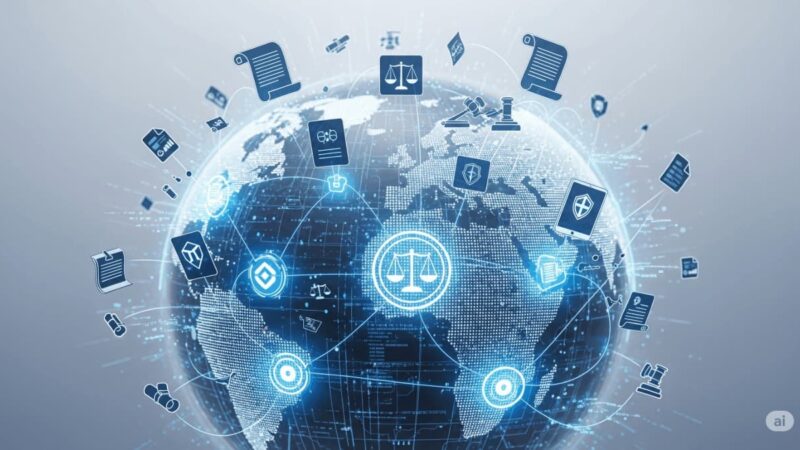
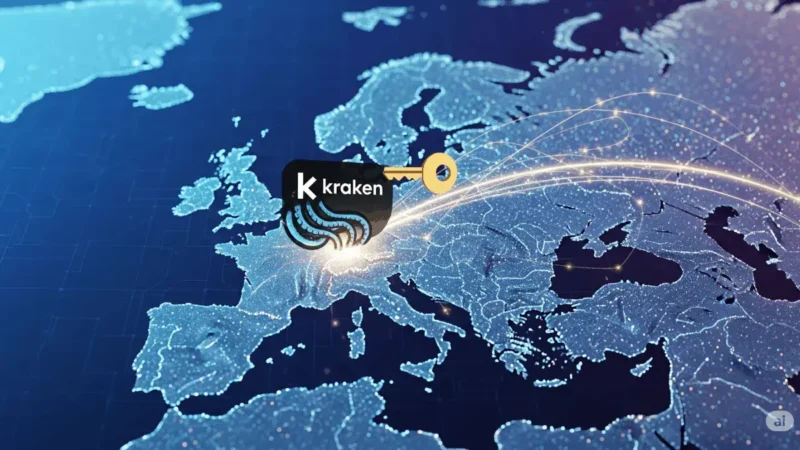
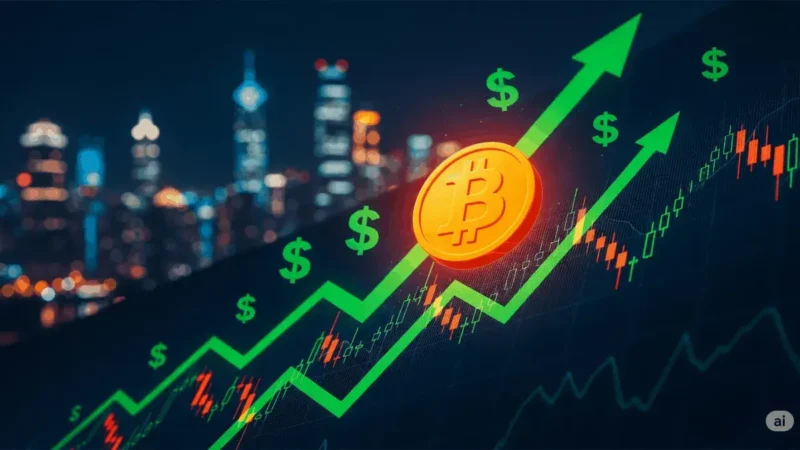
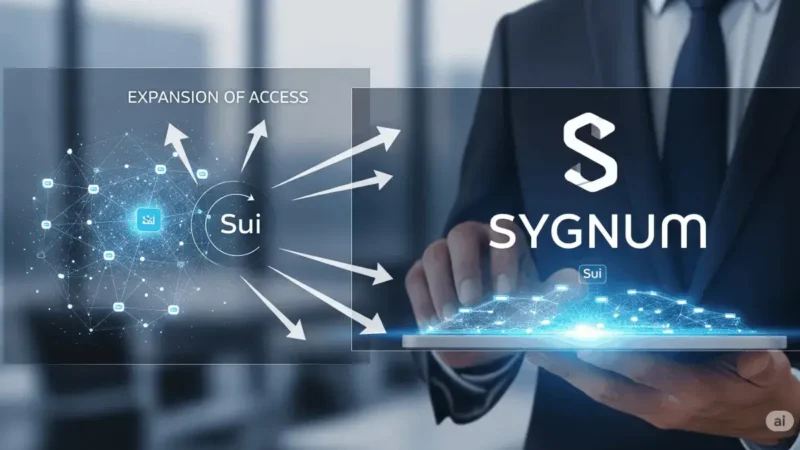
6 thoughts on “DeFi: The Future of Finance”